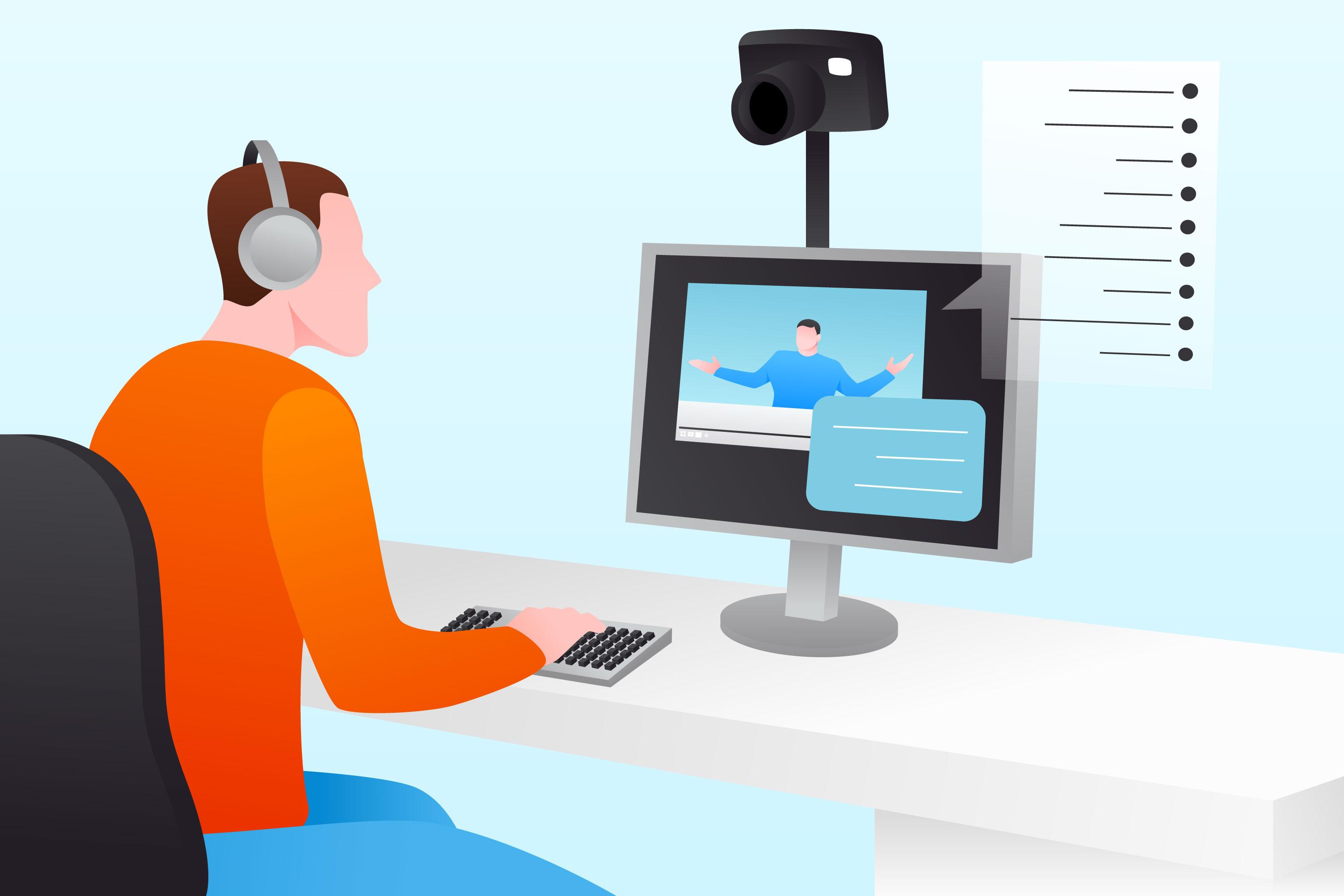Today, video conferencing has become central to how teams work together. More and more companies embrace hybrid work, combining home-based and office-based employees. This way of working makes clear communication crucial. To get the best results from virtual meetings, investing in the right webcams and video conferencing software matters.
Good webcams deliver sharp, high-quality images. Team members can clearly see facial expressions and body language, just like in face-to-face meetings. This clarity helps maintain effective communication, even when working remotely.
Importance of Webcams in Virtual Meetings
Quality webcams enhance the meeting experience by providing clear video streams. Poor-quality cameras make it harder for everyone to engage effectively. Grainy images or lagging videos distract team members, reducing the effectiveness of meetings. High-quality webcams prevent this problem, offering sharp visuals in real time.
In a hybrid work setup, clear communication is essential. Webcams allow remote employees to join meetings as if they were physically present. This boosts participation and ensures everyone contributes equally. Team members feel more connected when interactions resemble traditional face-to-face conversations.
Key Features to Consider in a Webcam
When selecting webcams for your video conferencing platform, there are essential features to consider:
-
Resolution: Choose webcams that offer at least 1080p resolution. This ensures clarity, making sure everyone can easily see the speaker.
-
Frame Rate: A good frame rate of around 30 frames per second helps provide smooth, natural-looking video. It ensures everyone appears clearly during virtual meetings.
-
Built-in Microphone: Clear audio complements good video. Choose webcams with noise-cancelling microphones to improve voice quality and minimise background noise.
-
Ease of Integration: Ensure the webcam integrates seamlessly with your existing video conferencing software. Easy setup helps meetings start quickly without technical issues.
-
Automatic Adjustments: Features like autofocus and automatic light adjustments help keep image quality steady during your video meetings. This is true even in different lighting conditions.
Read more: 5 Ways to Use Video Conferencing for Learning and Training
Improving Real-Time Communication
High-quality webcams help in delivering effective real-time interactions. Real-time communication is vital to respond promptly and clearly during discussions. Even a short delay can disrupt conversation flow. Good webcams minimise delays, creating smoother conversations.
When video clarity and audio are excellent, team members interact more naturally. They respond to gestures and facial expressions instantly. This dynamic interaction keeps everyone engaged, improving teamwork and meeting productivity.
Benefits for Hybrid Work Environments
Webcams play a significant role in hybrid work environments. They bridge the gap between remote employees and those in the office. Clear video ensures all team members feel equally present, making collaboration easier. High-quality webcams make virtual and office-based meetings equally productive.
Better communication through clear video helps teams solve problems faster. It also reduces misunderstandings, keeping projects running smoothly. Everyone feels included, regardless of location. This inclusivity leads to happier and more engaged employees.
Read more: Webinars vs Video Conference Explained
Using Webcams Effectively
Having a good webcam isn’t enough. How you use it impacts your meeting success significantly. Here are simple tips:
-
Camera Position: Keep the camera at eye level. This position makes conversations feel natural, as if talking face to face.
-
Proper Lighting: Good lighting is essential. Avoid sitting with bright lights behind you. Face natural light or use desk lamps to maintain clear visibility.
-
Clear Background: Choose a simple background that does not distract. This keeps the focus on you and your message.
-
Check Equipment: Before joining a meeting, always test your camera and microphone. This avoids unnecessary delays or disruptions during important conversations.
Selecting a Video Conferencing Platform
Choosing the right video conferencing platform complements webcam use. Reliable software offers features like easy screen sharing, clear audio, and stable video feeds. Some popular platforms like Cisco Webex and Microsoft Teams offer advanced tools to manage participants effectively. These platforms help ensure smooth, productive meetings without technical interruptions.
Pick software that supports high-quality video streams consistently. Reliable connections enhance your meeting experience. Easy-to-use platforms save time and let team members concentrate on discussion content, not technical issues.
Read more: Remote Event Hosting with Video Conferencing
Long-term Investment in Quality
Investing in quality webcams and reliable software pays off in the long run. Good equipment reduces frequent replacements or upgrades. It saves time and money, ensuring your meetings run smoothly year after year.
As remote and hybrid working become more common, high-quality tools are essential. Quality video conferencing creates stronger team relationships. It supports clear, consistent communication, essential for long-term business success.
Conclusion
Webcams and video conferencing software form the backbone of modern communication. Clear visuals and audio ensure effective virtual meetings. Choosing the right webcams supports real-time, natural communication in hybrid work environments.
The right webcam setup brings remote employees closer to their colleagues. It enhances the face-to-face feel of online interactions. Consider important webcam features like resolution, frame rate, microphone quality, and ease of use. By investing in high-quality equipment, your team can achieve better productivity and stronger connections.
Image credits: Freepik
